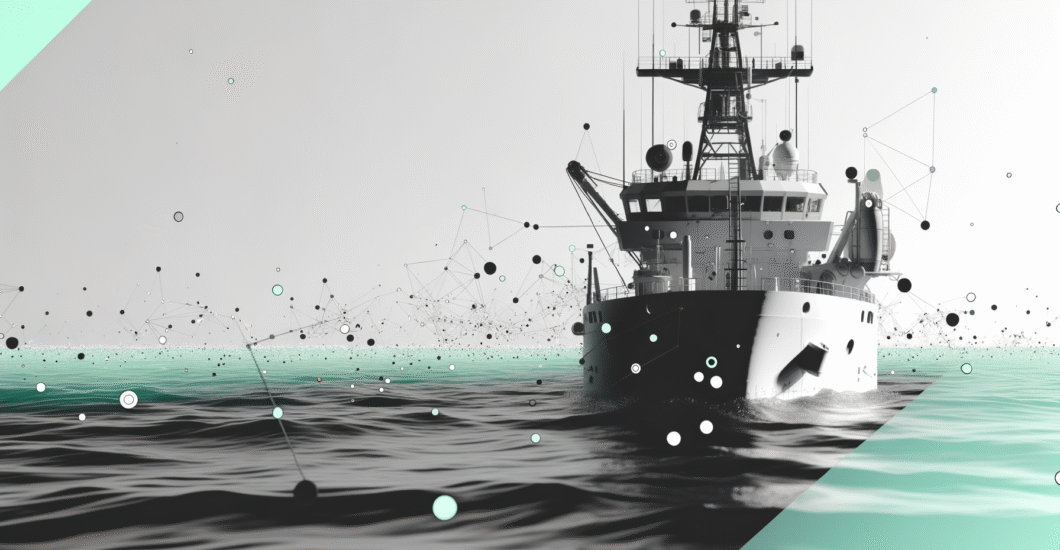Steering massive ships through foggy waters is tricky. Discover how AI can enhance maritime safety!
What Is the Sea-Pilot AI Assistance from Mythos AI and lomarlabs?
Mythos AI and lomarlabs have developed the Advanced Pilot Assistance System (APAS), a navigation assistant that leverages a radar-first architecture instead of relying on visual data alone. By integrating with Furuno radar systems, APAS delivers real-time alerts, aiding rather than replacing crew members.
The Tech Behind the Wheel: Radar-First Intelligence
APAS employs radar as the primary input, complemented by machine vision and sensor fusion, to maintain situational awareness in all weather conditions. It issues alerts for potential hazards, enhancing maritime safety while relying on human judgment to reduce cognitive overload.
According to lomarlabs Managing Director Stylianos Papageorgiou, the system represents a new era of “next-generation bridge intelligence”.
Pilot Deployment on CB Pacific: Why This Vessel?
The chemical tanker CB Pacific serves as an ideal testbed for APAS, thanks to its predictable routes and robust radar system. The 12-month real-world pilot is designed to gather critical insights into system performance across various conditions, continuing from earlier trials like the 2025 deployment on the Southern Devall towboat.
The Collaborative Innovation Model: lomarlabs and Mythos AI
lomarlabs, as Lomar Shipping’s venture arm, enables maritime innovation by providing startups vessel access and operational oversight. This partnership model supports rapid AI commercialization while reducing deployment risks.
Why Sea-Pilot AI Assistance Matters: Industry Impacts and Broader Implications
APAS addresses key maritime challenges: increasing navigational safety, boosting operational resilience, and aiding in sustainable shipping practices. Its technology’s adaptability extends beyond commercial vessels to defense applications and autonomous systems for complex waterways.
Practical Takeaways: Lessons for AI Innovators and Maritime Operators
- Human-in-the-Loop Matters: Balancing AI with human roles is crucial for trust and liability management.
- Sensor Fusion Is Key: Effective AI systems use radar, machine vision, and sensors to navigate adverse conditions.
- Real-World Piloting Is Essential: Long-term trials yield meaningful data, driving improvement.
- Collaborative Ecosystems Accelerate Innovation: Partnerships expedite commercialization and minimize risk.
- Focus on Cognitive Load Reduction: Filtering data into actionable insights enhances crew decision-making.
- Scalability Beyond Testbeds: Design systems for diverse vessel types and environments.
Conclusion: Navigating the Future with Intelligent Bridge Assistance
The deployment of the APAS system aboard CB Pacific marks a significant milestone in maritime AI. This adaptive, human-centric technology advocates for safer and more efficient ocean navigation, signaling new opportunities for AI in maritime operations.
Interested parties can explore how adaptable AI can enhance their operations by connecting with VALIDIUM on LinkedIn.


